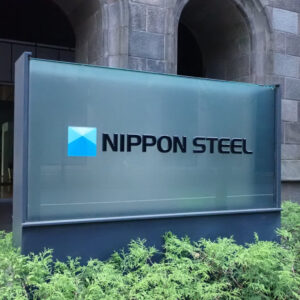In a move to reshape its steelmaking process, Nippon Steel will invest ¥868.7 billion (approx. $6.02 billion) to build three new electric arc furnaces in Japan. The company is also expecting up to ¥251.4 billion ($1.74 billion) in government support. These scrap-fed furnaces are scheduled to begin operation in fiscal year 2029 and will boost annual steel production by 2.9 million tons.
Why Is Green Steel Important?
Steel remains a cornerstone material for global development, and at the same time,e contributes to 7% of global carbon emissions. Although the steel sector emits high volumes of CO₂ due to the scale of production, steel is still among the most recyclable and energy-efficient materials over its full lifecycle.
Thus, decarbonizing steel is essential for meeting global climate goals, as steel production is one of the largest industrial sources of CO₂ pollution. And one such shift is green steel.
Green steel means making steel without fossil fuels. One way to reduce the carbon footprint is to use green hydrogen in the steel-making process.
Similarly, electric arc furnaces also help reduce emissions. They replace older furnaces but don’t always use renewable energy, so their steel isn’t always fully green.
Green steel technologies can reduce emissions by up to 97% (H₂-DRI) and 88% (renewable-powered Scrap-EAF) compared to the traditional blast furnace-basic oxygen furnace (BF-BOF) route.




